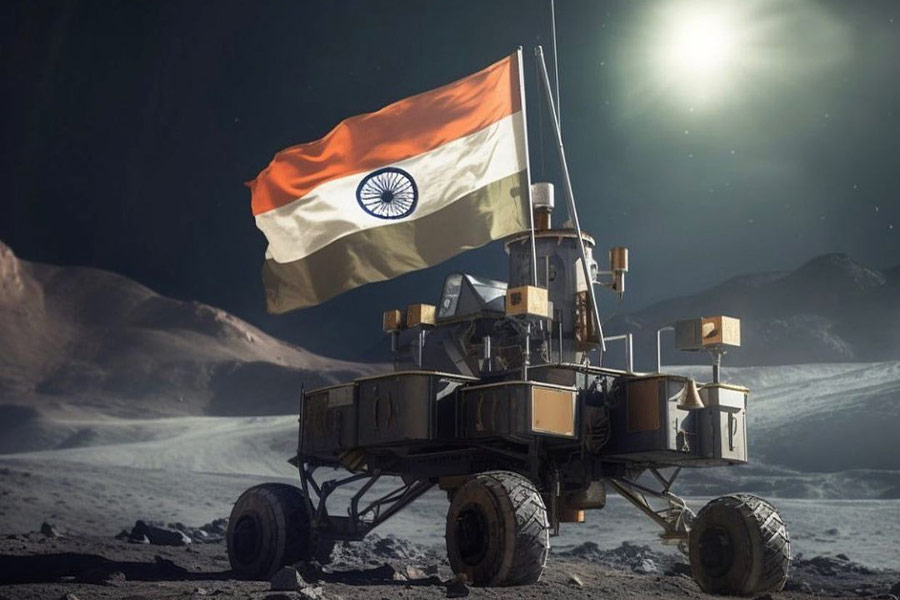Poor Prakash Raj got brutally trolled for what? For repeating an oft-repeated joke the point of which basically is this --- here’s who you might find upon landing on the moon. Humans have been taken with the moon for centuries. One of the earliest works of science fiction, a 17th-century novel by Johannes Kepler, is Somnium or The Dream. A chunk of the dreaming has to do with the journeying to the moon or Levania. But the dream template, it has been suggested, is a clever narrative tool used by Kepler to duck critics. Mr Raj please note: in 1633 Galileo was condemned for his support of heliocentrism and Somnium, which was written in 1608 and published in 1634, also supported the same theory.
On a wing and a prayer
Around the same time, the Church of England Bishop, Francis Godwin, wrote The Man in the Moone. In this book, borne on wild swans or gansas, the Spanish Domingo Gonsales flies to the moon accidentally. The inhabitants of the moon or the Lunars are, as he discovers, a tall people leading a vice-less, crime-free life. They were also all blessed with good health and healed naturally. And yes, Godwin’s Lunars practised a religion "similar to Christianity”! The scientists at Isro will have their own views, but in the French satire by Cyrano de Bergerac, published in 1657, the protagonist takes off for the moon from Paris with the help of bottles of dew strapped to his body.
Mirror, mirror
After an abortive attempt or two, Bergerac’s protagonist from The Other World: Comical History of the States and Empires of the Moon, Cyrano finally makes it to the moon. The locals turn out to have four legs and musical voices. On Vikram and Pragyan’s landing last week, Prime Minister Narendra Modi gave a congratulatory speech. Among other things he quoted a Hindi children’s rhyme about the moon. He spoke about how the concept of “Chandamama door ke” would be replaced soon by “Chandamama tour ke”, basically to say that one day, travel to the moon would become a commonplace affair. Talking about near and far and space travel, in 1898 American astronomer Garrett P. Serviss wrote a novel about a journey by some Earthlings to Mars. And when they landed on the strange planet, who did they find? A woman whose ancestors had been captured from Kashmir in a Martian raid years ago. Serviss calls her Aina.










